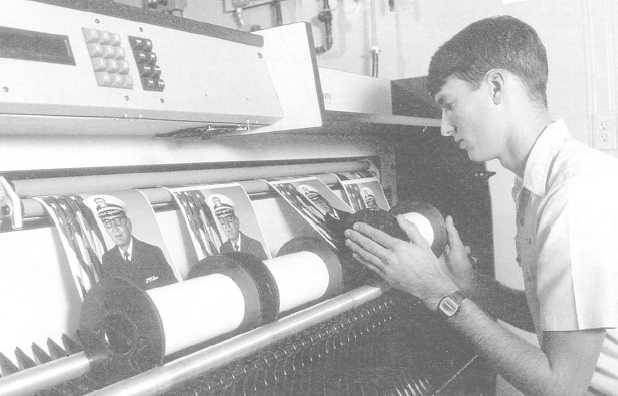Whenever a problem is suspected.
As soon as a control strip comes out of the dryer,
identify it with the time and date of processing (not
the time it was actually read). A code number
identifying a machine or operator is also helpful when
your facility has more than one of the same type of
processor.
Always inspect a control strip for physical or
chemical defects before reading the appropriate
densities. Use the middle area of the density steps for
taking the density readings. Make each measurement
twice. You should use a slightly different area of the
step each time, and average the readings.
The emphasis in process monitoring is on
densitometry. Keep in mind, however, that changes in
the process are made by chemical and mechanical
variations, intentional or not. Problems are much
easier to track when records are kept of all intentional
changes in the following:
Machine speed
Solution temperatures
Replenishment rates
Agitation
Filters
Squeegee adjustments
Parts (racks, gears, pumps, and lines)
Operators
Processing solutions
Types of film
Figure 2-19.—A Navy Photographer’s Mate inspects prints for physical defects that are exiting a processor.
Photo by PH2 Sharon Nelms-Thorsvik
2-36

